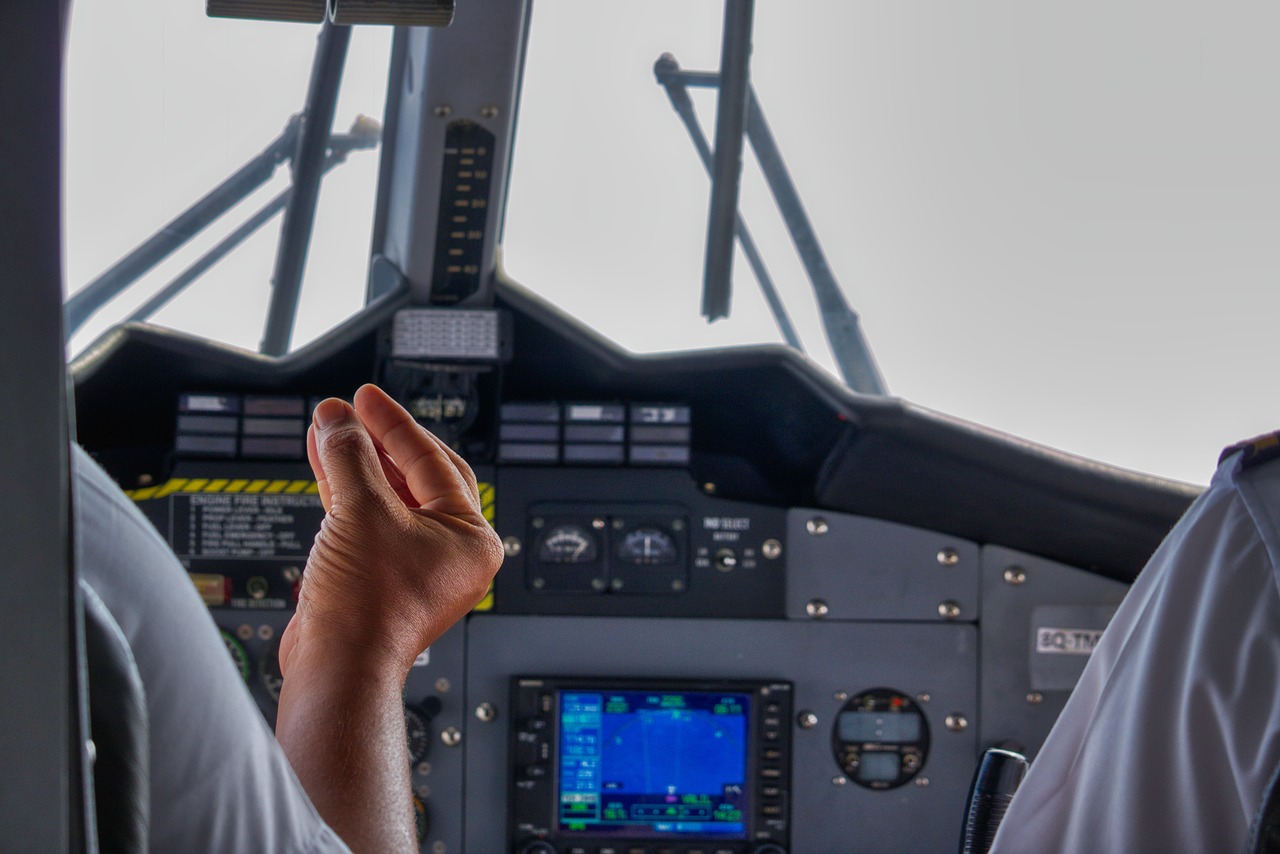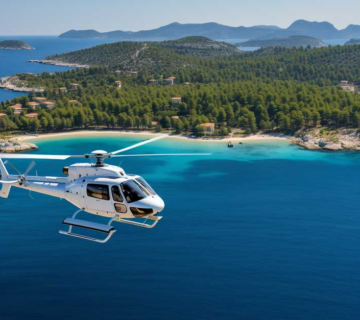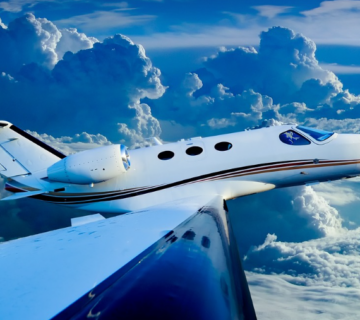The terms “Captain” and “Pilot” are often used interchangeably, but they do have distinct meanings and implications, especially in the context of aviation. Let’s break down the differences:
Pilot:
- A pilot is a broad job description for someone who operates and navigates an aircraft.
- Pilots can hold various types of licenses based on their level of training and qualifications.
- Professional pilots typically hold either a Commercial Pilot’s License (CPL) or an Air Transport Pilot’s License (ATPL).
- Amateur pilots, who often fly for recreational purposes, may hold a Private Pilot’s License (PPL).
Captain:
- The Captain is the most senior pilot on an aircraft and is in overall command and responsibility for the flight.
- The title “Captain” implies a leadership role and authority over the aircraft, crew, and passengers.
- Captains are highly experienced and have typically completed additional training and flight hours beyond the basic requirements for a CPL or ATPL.
- Captains may undergo a Command Course to prepare them for the responsibilities of commanding an aircraft.
- In the context of airline operations, the Captain is the pilot who has ultimate authority and decision-making power.
First Officer:
- A First Officer, also known as a Co-pilot in military aviation, is a pilot who assists the Captain in operating the aircraft.
- First Officers are typically less experienced than Captains and are often in a training phase to gain the necessary flight hours and experience to eventually become a Captain.
- They work alongside the Captain and share responsibilities in flying and managing the aircraft.
In the context of commercial aviation, where you hear “This is your Captain speaking,” the Captain is the pilot in command of the flight. They have the ultimate responsibility for the safety and operation of the aircraft. First Officers assist the Captain and continue to gain experience until they are qualified to become Captains themselves.
It’s important to note that the specific roles and titles can vary between different aviation organizations and countries. Additionally, when referring to charter flights, terms like “Captain” and “Commander” might be used to denote the pilot in charge of the flight, especially if both pilots are fully qualified to command the aircraft.
Here’s an example of the progression from a pilot to a Captain in a commercial aviation career:
John Smith
Pilot Career Progression
Private Pilot’s License (PPL)
- Completed basic flight training and obtained a PPL.
- Flew small aircraft for recreational purposes and gained flight experience.
Commercial Pilot’s License (CPL)
- Completed advanced flight training and earned a CPL.
- Worked as a flight instructor, gaining experience in teaching and mentoring new pilots.
First Officer (FO)
- Joined XYZ Airlines as a First Officer on the Boeing 737.
- Underwent intensive type rating training to qualify on the specific aircraft.
- Assisted the Captain in various flight duties, including takeoffs, landings, and managing systems.
Senior First Officer
- Accumulated significant flight hours and experience as a First Officer.
- Demonstrated exceptional performance and leadership skills in cockpit operations.
Command Course
- Successfully completed the Command Course, which includes advanced training in decision-making, crew resource management, and emergency procedures.
Captain
- Promoted to the position of Captain on the Airbus A320.
- Assumed full command and responsibility for the aircraft, crew, and passengers.
- Led flight operations, making critical decisions and ensuring a safe and smooth flight experience.
This example illustrates a typical progression from obtaining a PPL to becoming a Captain in a commercial airline. Keep in mind that the timeframes and specific steps may vary based on individual circumstances, airline policies, and opportunities for advancement.







